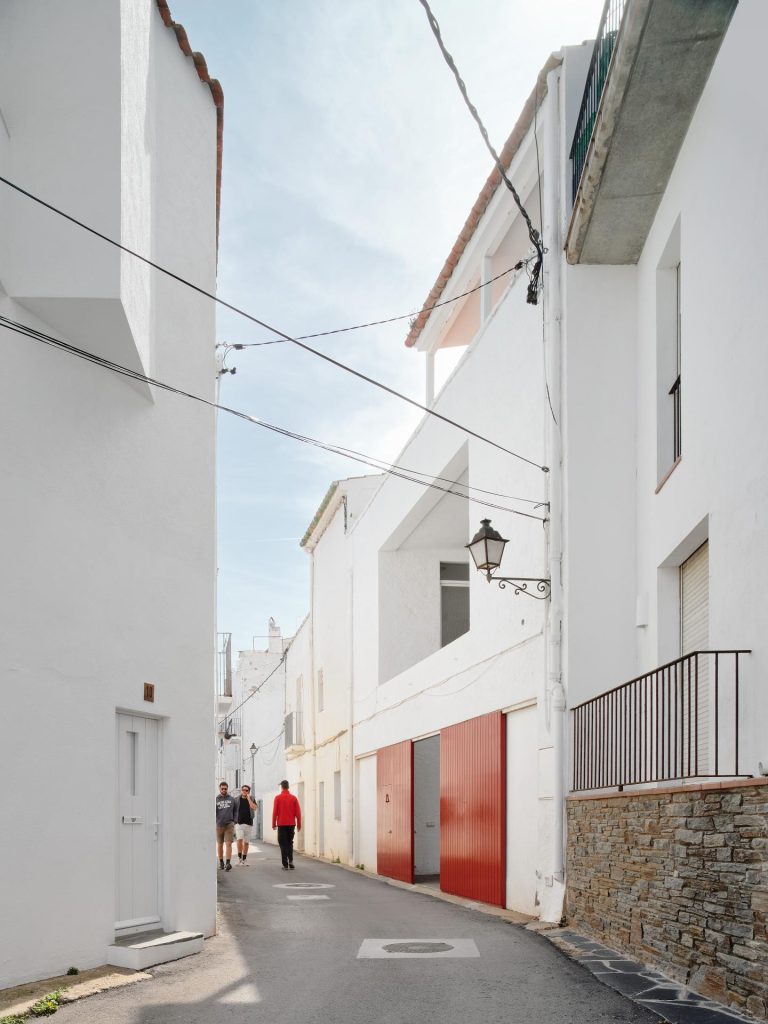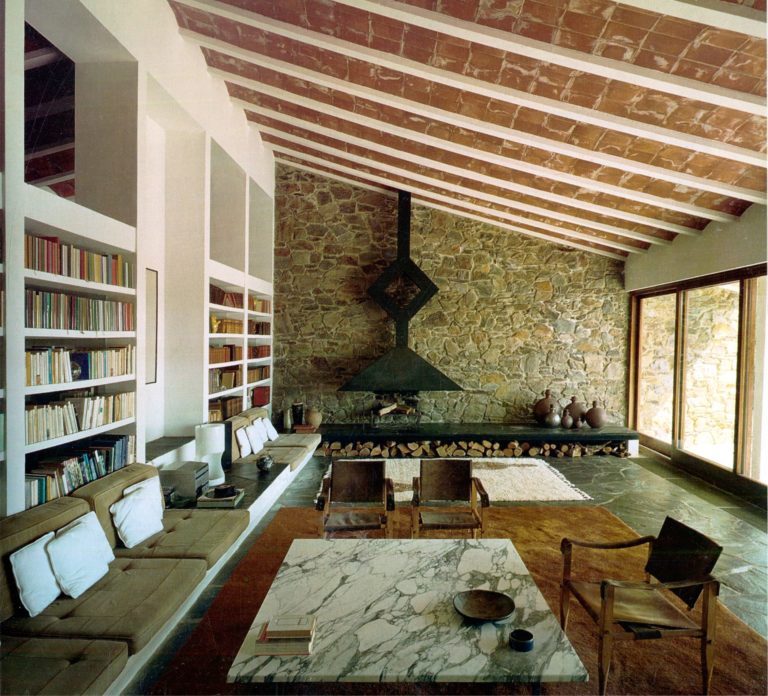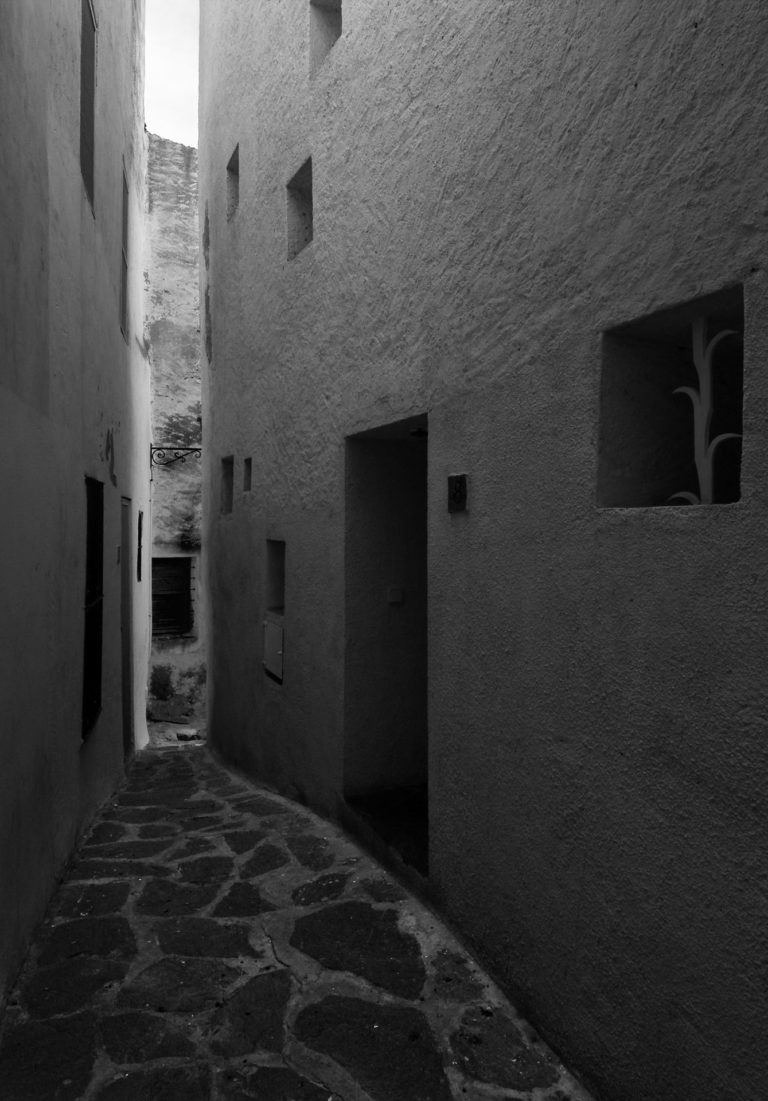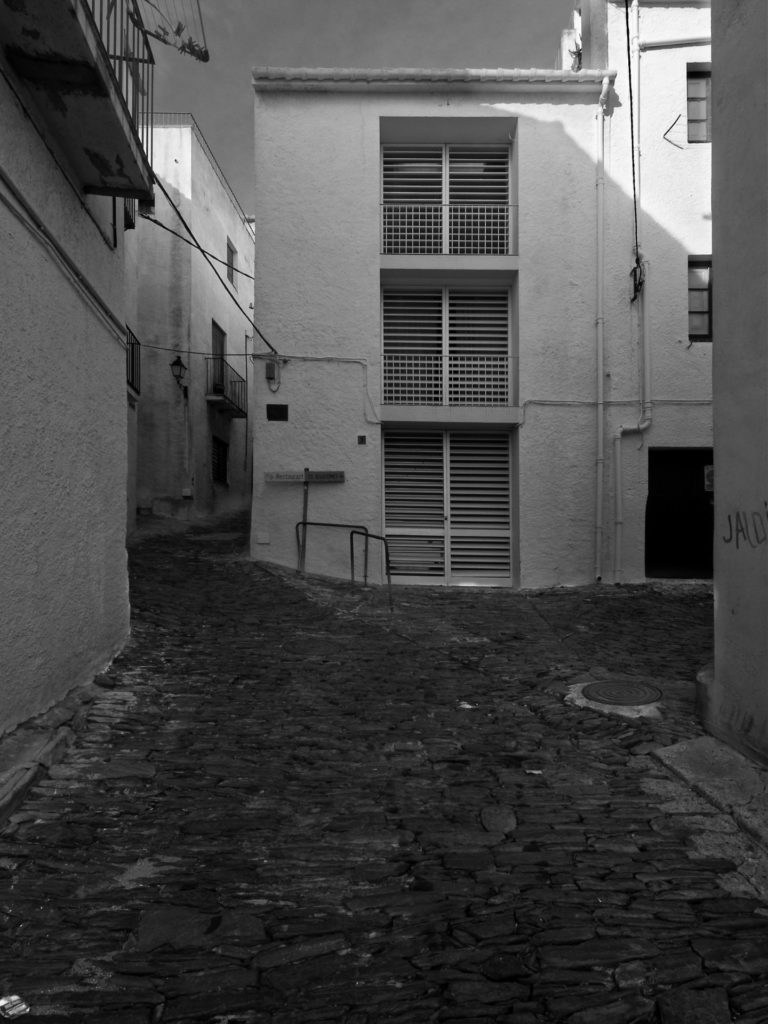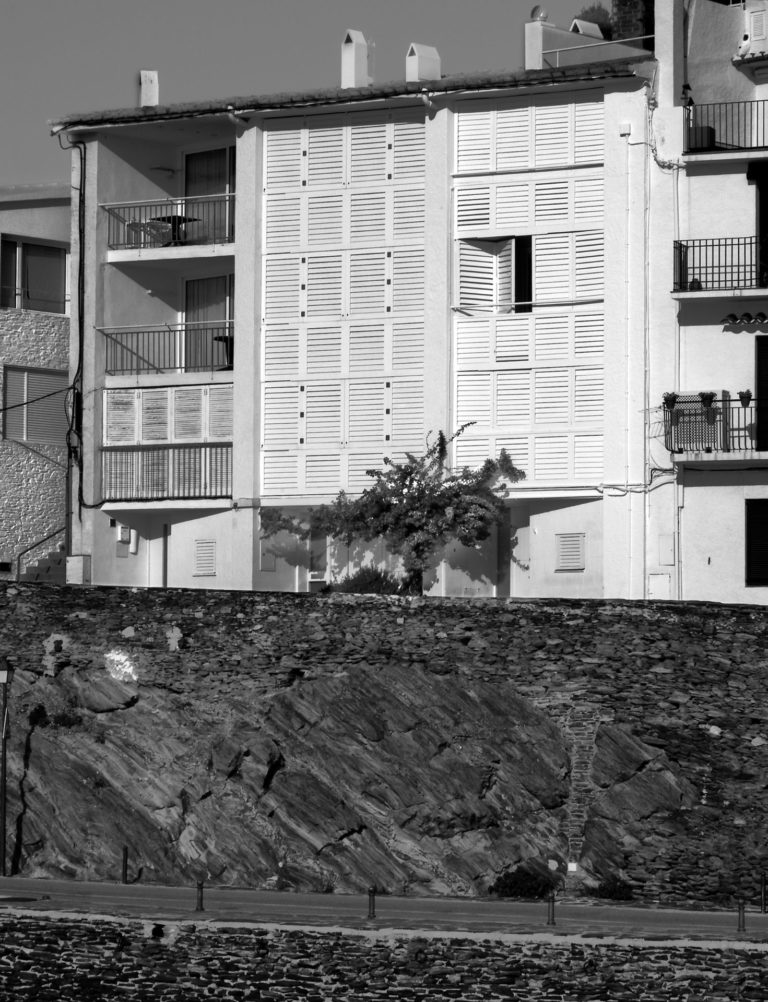Abstract
At the end of 1949, the American architect Peter G. Harnden (1913-1971), then in charge of the Marshall Plan’s exhibition center in Europe, and the young Italian architect Lanfranco Bombelli (1921-2008), trained in Switzerland in the practice of Concrete Art, met in Paris. A fruitful professional and personal relationship began between the two -truncated in 1971 with Harnden’s premature death- which trajectory, as surprising as it is unclassifiable, is centered on architecture, exhibition techniques and visual advertising. The aim of this paper is to describe, analyze and interpret – as an unicum – an architectural path as unexpected as it is still little known. Along this path, Harnden and Bombelli cross modernity thanks to an unprecedented compromise between the conditions imposed by their own present, characterized by the events of the so-called Cold War, and the yearning to achieve a particular interpretation of the most timeless Mediterranean tradition. During the first years of the 1950s, Harnden and Bombelli developed from various agencies of the American administration installed in Paris (ECA, MSA, USIA) an intense program for the design and organization of the exhibitions that toured Europe proclaiming the advantages of the Marshall Plan, the history of the birth of NATO, or the advantages of productivity. Under the American’s baton, Harnden’s big band architecture, an international team of professionals who always work as a team, is in charge of the various traveling exhibitions that tour the old continent: Europe builds, Caravan of peace, Train of Europe, Productivity or Barges. The strategy also includes the mounting of several fixed exhibitions such as Wir bauen ein besseres leben or the organization of a series of exhibitions aimed at disseminating the benefits of atomic energy. From 1955 onwards, Americanization takes command and, commissioned by the Department of Commerce, they were responsible for designing the pavilions with which the USA participated in European trade fairs. In 1956 they founded in Orgeval PGHA Peter Graham Harnden Associates, an “international office of architects and technicians specialized in visual advertising and industrial aesthetics”, where they dedicated, as independent professionals, to the design of all types of exhibitions for various American organizations. Their work included the pavilions designed for the Valencia (1955), Barcelona (1955, 1956, 1957) and Madrid (1959) Fairs, a series of imported rationalisms that made an impact on the general public, but also on local professionals, who took note of the advantages of dry construction, the efficiency of assembly and the visual possibilities of advertising. In 1959, upon the recommendation of architect J.A. Coderch, Harnden and Bombelli visited the Spanish town of Cadaqués, “the only beautiful village left in Spain”. Fascinated by the landscape, the geography and the effervescent cultural and social atmosphere of this authentic Mediterranean island, they decided to buy and renovate Villa Gloria, and shortly afterwards, in 1962, they settled in Barcelona and founded the firm Harnden&Bombelli. From then on, they combined commissions for exhibition installations with new projects, among which the houses built in Spain stand out. In barely a decade, their brief but intense work, both in Cadaqués and in other Mediterranean areas, establishes an unprecedented and enriching dialogue between modernity and Mediterranean tradition. A sort of Westinghouse regionalism that oscillates between a passionate respect for the landscape and traditional construction, and the uninhibited display of a particular sense of comfort. Artificially popular and with no other pretension than to go unnoticed, these houses are like exhibitions, organized in genuinely democratic living rooms arranged around the atavistic fire of the fireplaces.
Access the thesis